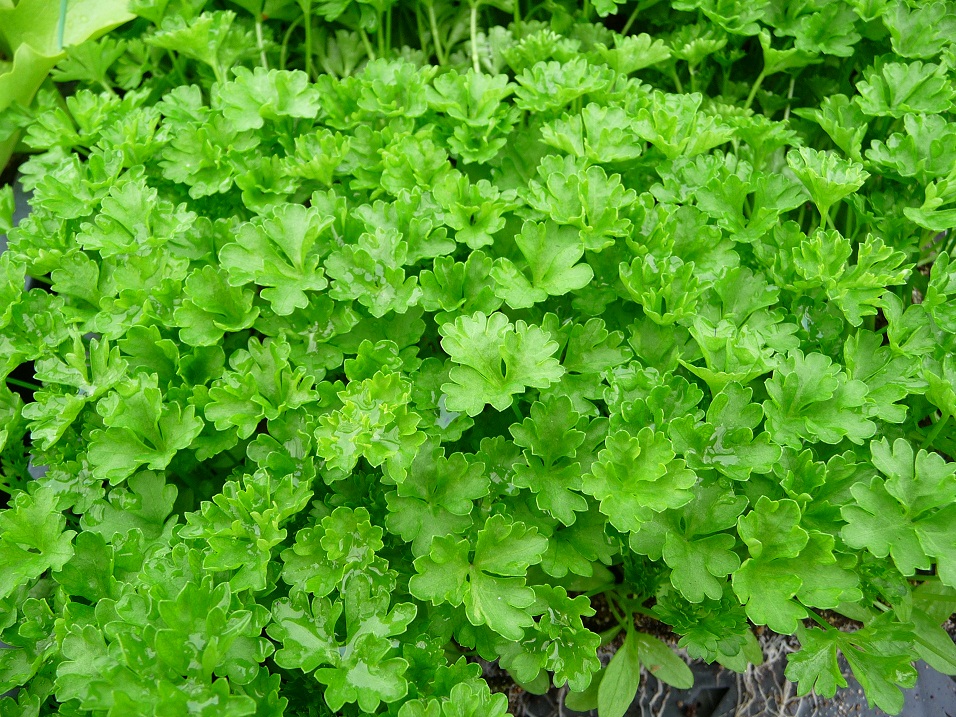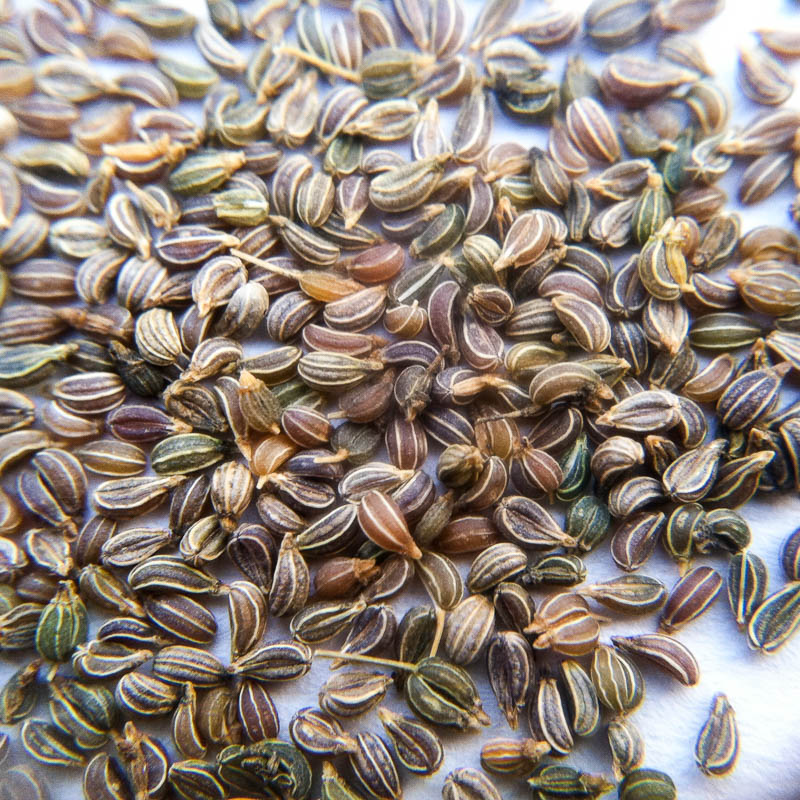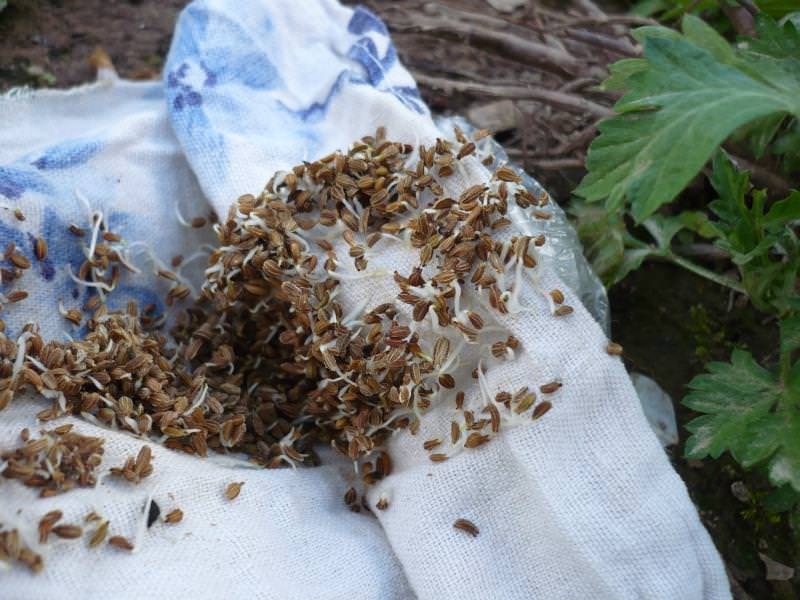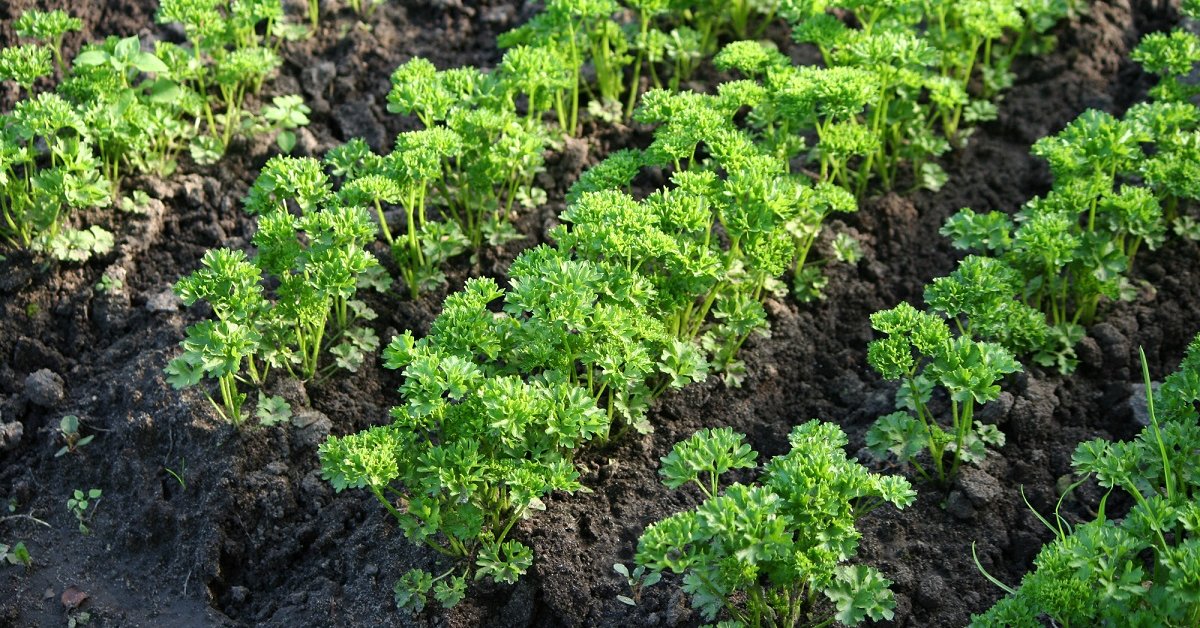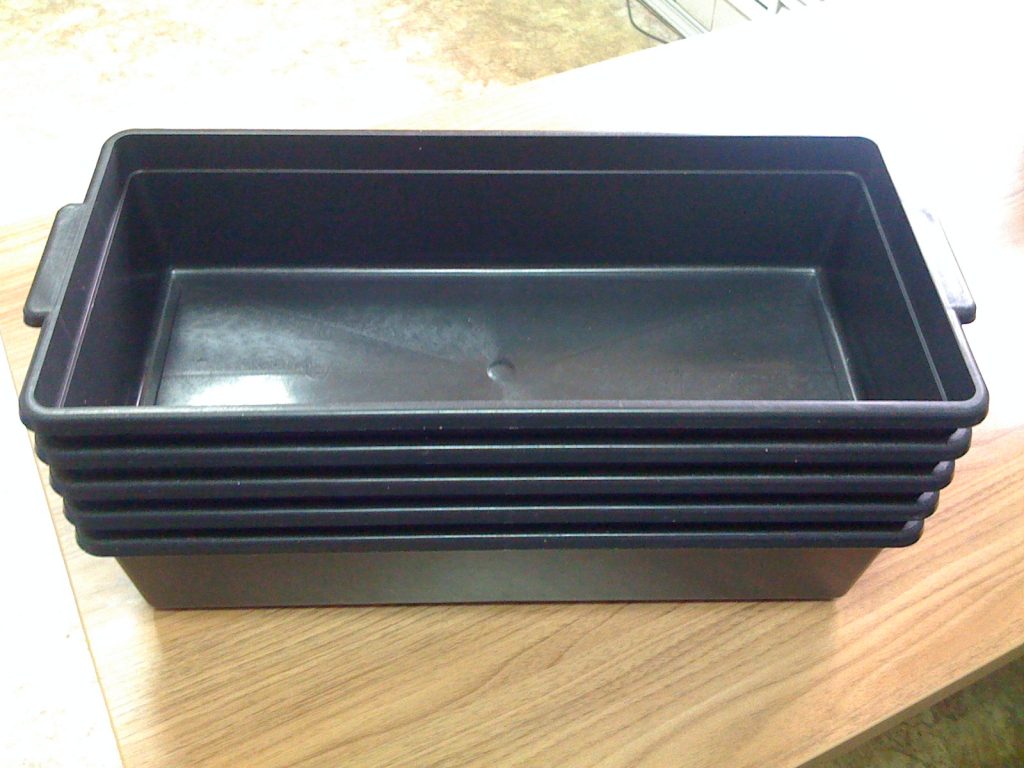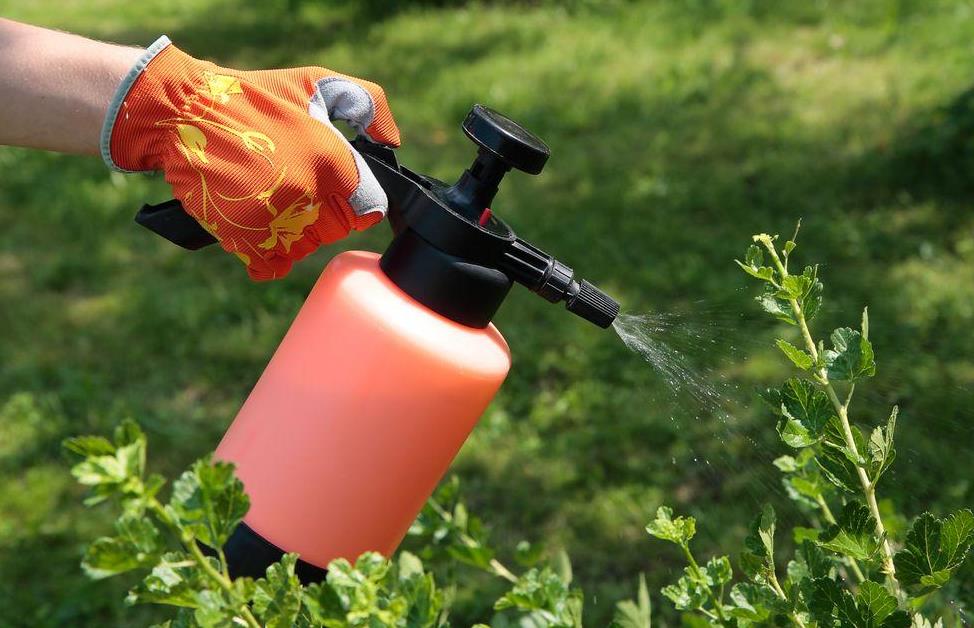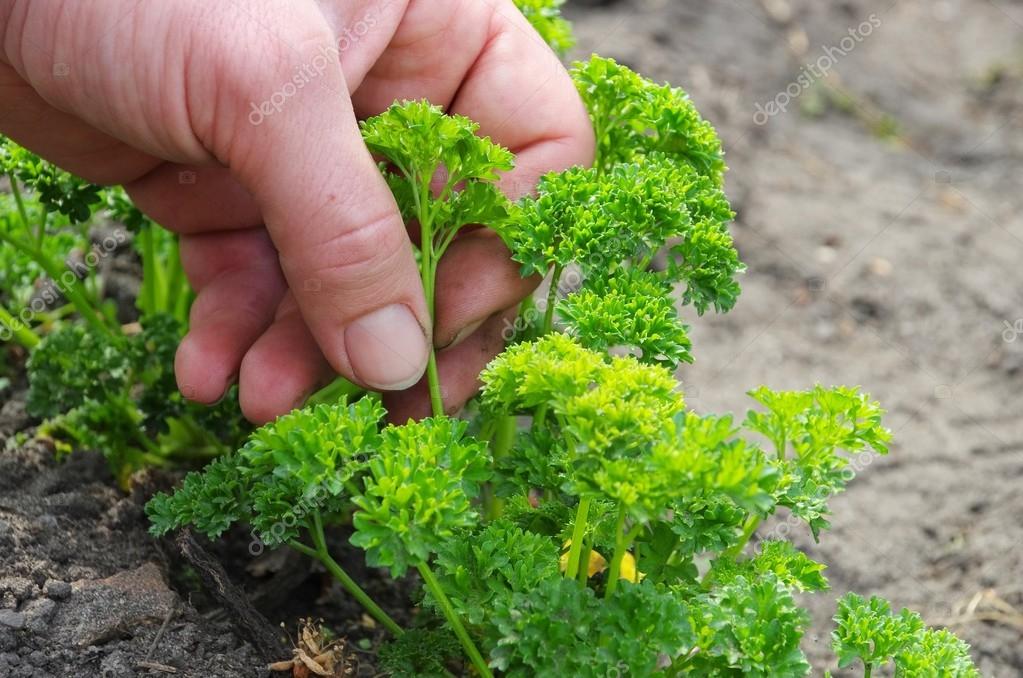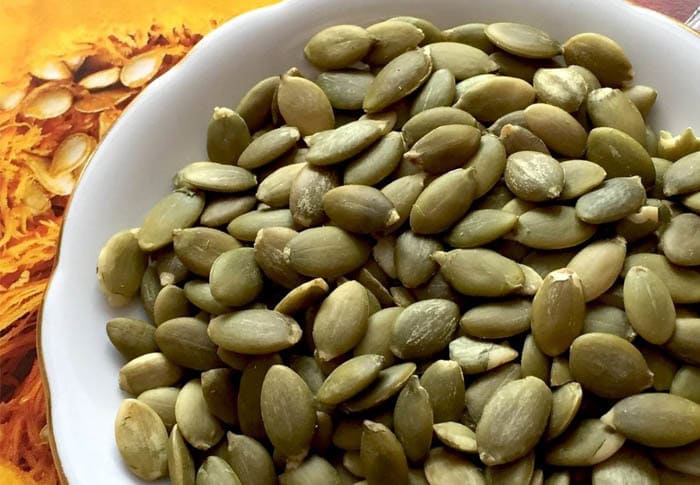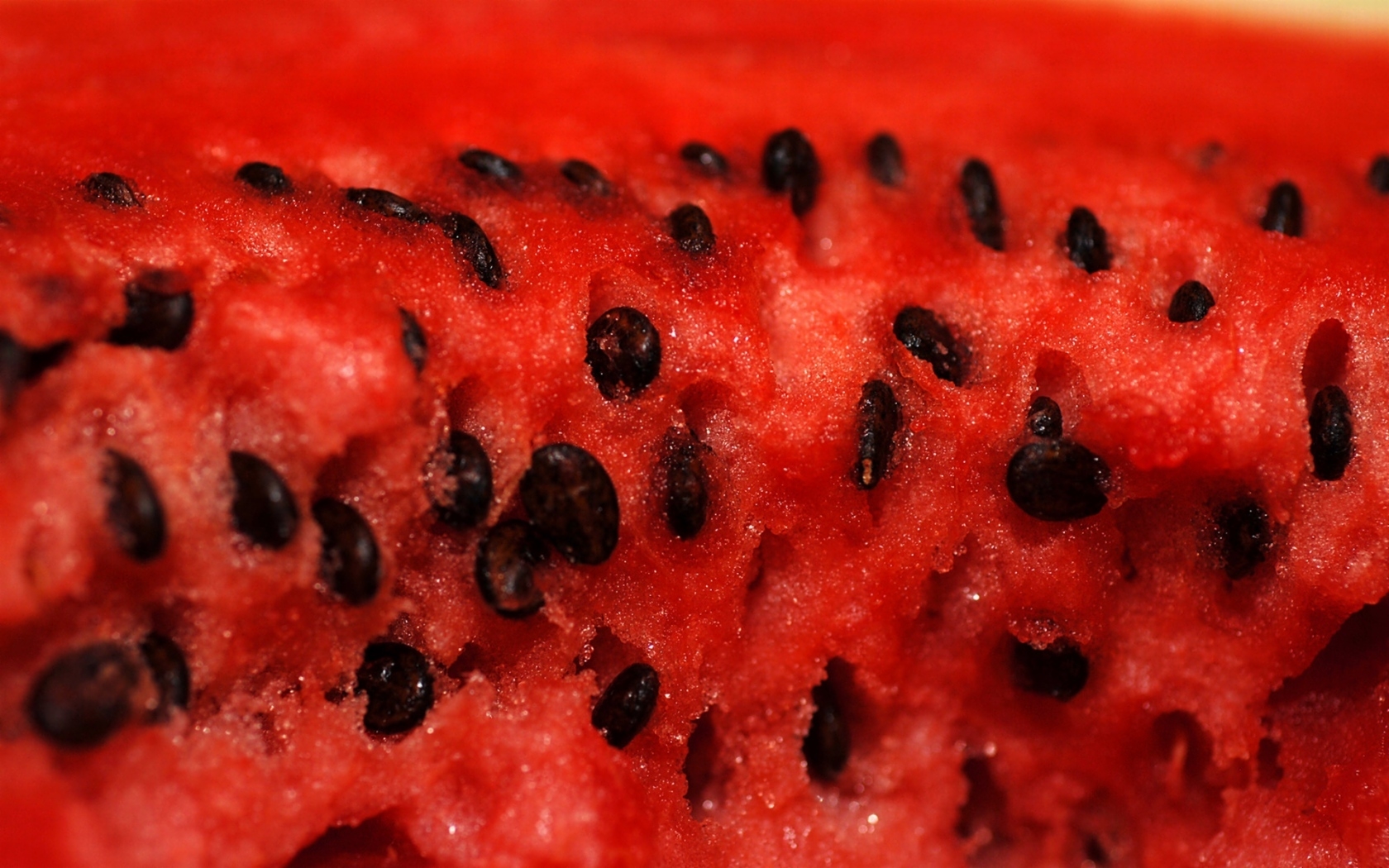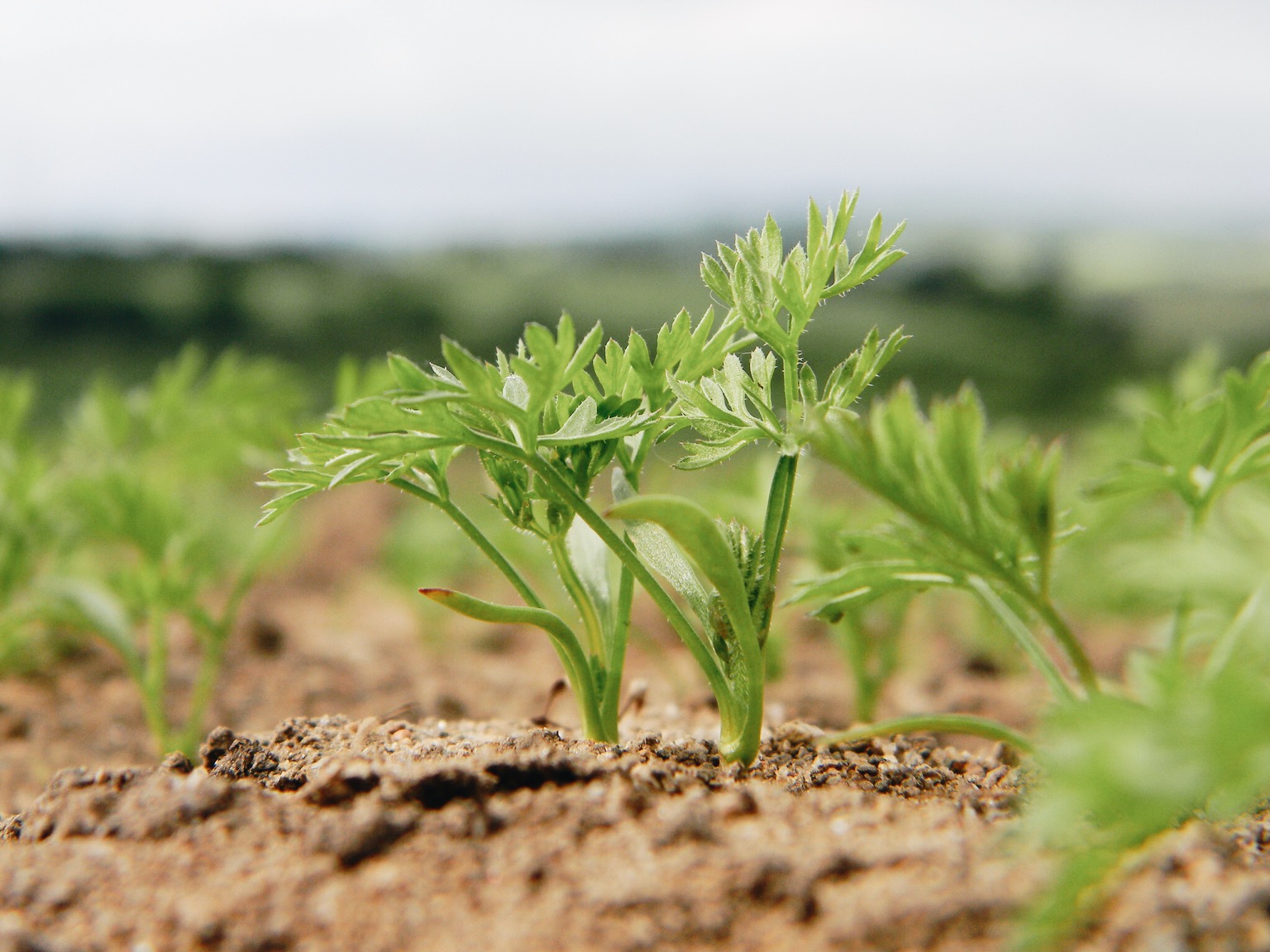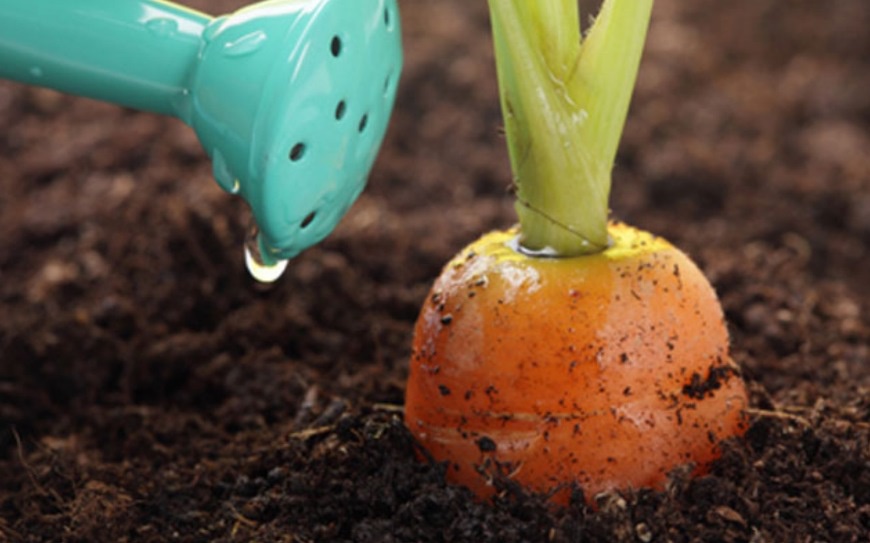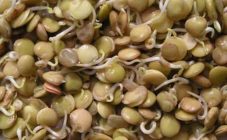Content:
Parsley is a very popular vegetable crop in summer cottages and backyards. Depending on which part of the plant is used for food, two types of this culture are distinguished:
- Leafy - juicy and tender leaves with a characteristic taste are eaten. There are two subspecies of such parsley: ordinary and curly. The usual one is used for making salads, preserves, seasonings. The curly (curly) subspecies, in addition to food purposes, is used to decorate various dishes;
- Root - both leaves and the underground part of the culture (root crop) are eaten. It is used for preparing salads, preserves, as a seasoning for main courses.
Agrotechnical requirements
The main agrotechnical requirements of this crop are as follows:
- The predecessors are cucumber, tomatoes, garlic, onions, cabbage, early potatoes. The culture grows and develops poorly upon repeated sowing on the same plot for several years, as well as when placed after celery, dill;
- Soils - loose, sandy and light loamy, with a high content of nutrients and humus and acidity close to neutral;
- Soil moisture - the soil should be well moistened, with a deep bed of groundwater and the absence of top water;
- Illumination - the area for growing the crop should be well lit during daylight hours. When sown in a highly shaded area, the culture produces uncooled shoots, develops poorly;
- The minimum temperature for seedling emergence is + 3 + 4 С0;
- The optimum temperature for further growth and development is + 15 + 17 С0.
In addition to open ground, you can grow fragrant and juicy parsley in a greenhouse, in winter - in pots on a windowsill.
Reproduction of culture
This culture is propagated in the following ways:
- Seeds - for this, processed seeds collected from the seed or purchased in the store are sown in open ground, seedling box, greenhouse. This is the most common and simple way of propagation of this crop, which allows you to get high yields of greens and root crops. For forcing the early and mature seedlings of this culture, there is nothing better than planting parsley at home - in special pots and containers. The resulting seedlings produce stronger, higher-yielding plants that are resistant to diseases and pests;
- Roots - roots dug out, sorted and stored in the basement are planted in a separate area. This method is used to lay a testis - an area from which seeds will be collected in the future.
Sowing with seeds
It is known that the yield of any crop depends, first of all, on the quality of the seed. So, if the cultivation of parsley is chosen by growing from seeds, then it is taken into account that their germination persists for 3 years. When purchasing seeds in a store, they pay attention to their expiration date, as well as how parsley seeds look and their quality. Oblong seeds should be grayish-green in color, have a specific tart aroma.
To get a friendly sprout of seeds, a few days before planting, they are disinfected and germinated as follows:
- For germination by soaking, use water at room temperature (+ 19 + 22) C0, in which the seeds are first kept for 2-3 days, and then dried for 20-30 minutes. If the field of such a soaking of seeds "hatched" (small green sprouts are visible), they can be sown in the ground. A more efficient method of soaking is often practiced. A wet gauze napkin is placed at the bottom of a small saucer, seeds are sprinkled on it in an even layer. The emergence of sprouts accelerates the use of such growth stimulants as "Epin", "Kornevin". Often the seeds need to be greened by placing a container with them in a place well-lit by the sun;
- For disinfection, parsley seeds are soaked in a 1% solution of potassium permanganate for 20-25 minutes. After disinfection, the seed is thoroughly washed under cold running water for 20-30 minutes. Seed washing is necessary in order to remove the remains of the disinfecting solution - a delay in growth and development, low germination can be caused precisely by the residues of the solution on the surface of the seeds.
Parsley is planted with seeds, both in open ground and in a greenhouse, a box for forcing seedlings.
When sowing in the soil of the plot (soil, containers for seedlings), they are carefully loosened, grooves are made, germinated seeds are poured into them, carefully sprinkled with earth, watered abundantly. The sowing depth on light soils is 3.0-3.5 cm, on loams - 1.5-2.0 cm.Parsley is sown in a two-line scheme of 30 × 30 × 60 cm (two rows with a row spacing of 30 cm are separated by a large row spacing of 60 cm ) or in a simple row method (with a row spacing of 30 cm.)
For a small area and very light soil, the seeds are simply scattered over the soil surface and watered with a watering can.
The time for sowing seeds is early spring (late April-May), as the soil warms up to a temperature of + 4- + 50. Also, parsley is often sown in summer - in mid-July-early August.
Planting seedlings
Despite the unpretentiousness of parsley, growing it in seedlings is a troublesome business. These works begin in March.
Purchase or prepare in advance:
- soil (a mixture of 1 part peat, 1 part leaf humus, 2 parts garden soil);
- containers (boxes, trays), up to 30 cm deep, for planting seeds;
- peat pots for seedlings.
Now let's look at how to plant parsley seedlings:
- A drainage layer (2-3 cm) of small pebbles, expanded clay, coarse sand is laid at the bottom of the container (box, tray). On top of the drainage, the container is filled with soil, leaving a distance of 2-3 cm to the edge of the box;
- Sprouted (dry) seeds are deepened by no more than 0.5 cm, sprinkled with a layer of loose earth and watered. Then the container is covered with foil, placed in a dark and warm place (boiler room, dark room next to the stove). As soon as the seeds begin to germinate, the film is removed, and the container is placed on a window well-lit by the sun;
- With the appearance of the 4th leaf (not counting the very first 2), each plant is carefully transplanted into a separate peat pot (you can in another container).Parsley loves long daylight hours (up to 12 hours), therefore, the location of the seedlings in early spring is equipped with special fluorescent lamps. The optimum temperature for the growth of seedlings is + 15 + 20 С0. At this stage, watering is important, both drying of the soil and its waterlogging are not allowed. Usually, seedlings are irrigated, seedlings are watered 2 times a week;
- When the seedling is well rooted and the stem of the plant reaches 7-8 cm (which will take 1.5-2 months), at the beginning of May, the seedlings are planted from the pot in open ground or in a greenhouse.
The choice of planting scheme is influenced by the variety and type of parsley. So, saplings of leaf parsley must be planted at a distance of 20 cm from each other, and the row spacing is left 40-50 cm. But it is important not only to plant seedlings on time, sow seeds, the plant needs care and attention.
In addition to obtaining greens for salads, many apartment owners plant parsley to decorate windows - rich green shoots will look very good and please the eye of the apartment owner, especially when it is winter outside the window with its solid white monotony.
Culture care
Like any culture, parsley requires good care throughout the season, consisting of activities such as:
- Timely watering;
- Loosening the soil;
- Top dressing with mineral fertilizers;
- Weeding and weed control;
- Thinning.
Watering
How often and how much you water the parsley depends on the weather. Watering should be moderate and timely, it should be done in the evening or early in the morning. Parsley is watered with rainwater, well water, settled water and warmed up in the sun. It is not recommended to use highly chlorinated or iron-rich tap water. Also, water from highly mineralized wells is not suitable for irrigation.
Loosening the soil
For normal access of air to the root system, preventing the formation of a soil crust, and reducing the drying out of the soil several times per season, the surface layer of the soil is loosened to a depth of 2-3 cm.
Unscheduled loosening is performed:
- After heavy rains - loosening after heavy rains is necessary in order to destroy the resulting crust, which does not allow air to pass through well, promotes stagnation of water and "blooming" of the soil;
- In severe drought - periodic loosening of the soil in this case allows breaking the formed soil capillaries, through which there is an active evaporation of soil moisture and drying out of the soil;
- With a cold snap, this will help to curb the germination and development of less demanding weeds.
When loosening, the soil between the rows is cultivated, they do not loosen around the plants themselves, so as not to damage the shallow root system.
For loosening, hand cultivators, hoes, flat cutters with a well-sharpened working part are used.
Top dressing
No matter what fertile soil parsley is cultivated, one cannot do without the introduction of mineral fertilizers. Two dressings are made per season:
- The first feeding is carried out with nitrogen fertilizers when 4 leaves are formed on the stem with urea (6 grams per 10 liters of water) or ammonium sulfate (15 grams per 10 liters);
- The second top dressing is carried out with potassium and phosphorus fertilizers in the 5-7 leaf phase with a mixture of superphosphate and potassium sulfate (15 grams each).
The first top dressing is done by foliar method, dissolving fertilizers in the water intended for irrigation. The second top dressing is done by spreading fertilizers directly into the soil before loosening the row spacings.
Weeding and weed control
Seeds can sprout quickly and amicably, but often the weeds make it difficult to continue growing. They create a shade, take useful substances from the ground, and become a haven for many pests. Parsley needs constant manual weeding until the leaves close tightly and the weed seedlings underneath are suppressed. Chemical weeding of this green crop is not used both in summer cottages and in farm conditions.
Thinning
Parsley is often sown as seeds directly into the open ground. If it sprouts together, then the excess shoots are also removed, like weeds.
Throughout the season, two thinnings are performed:
- The first thinning is performed when 2-3 leaves have formed at the seedlings, they are thinned so that there is a distance of 3 cm between the young bushes;
- The second thinning is done when 7-8 leaves appear in the plants. At the same time, a distance of 5-6 cm is left between the plants.
Thinning the parsley allotment, the plants are removed by grabbing them near the very surface of the soil and pulling them out with a neat, not abrupt movement. This is necessary in order not to damage the neighboring plants when removing thickening plants. Plants removed from the garden are not left in the garden, but placed on a compost pit.
Thus, parsley is a very valuable and healthy vegetable crop. Thanks to the simple cultivation technology and high yield, it is found on the beds of almost all summer residents and owners of personal plots. However, despite the simplicity of the parsley farming technique, it must be followed very carefully, ignoring, for example, such untenable advice on how to sprout parsley in 3 hours and get fantastically fast shoots. It should be remembered that, like all vegetable crops, she loves work and patience and will not "reward" the gardener with a harvest with a conniving and inattentive attitude towards herself.
